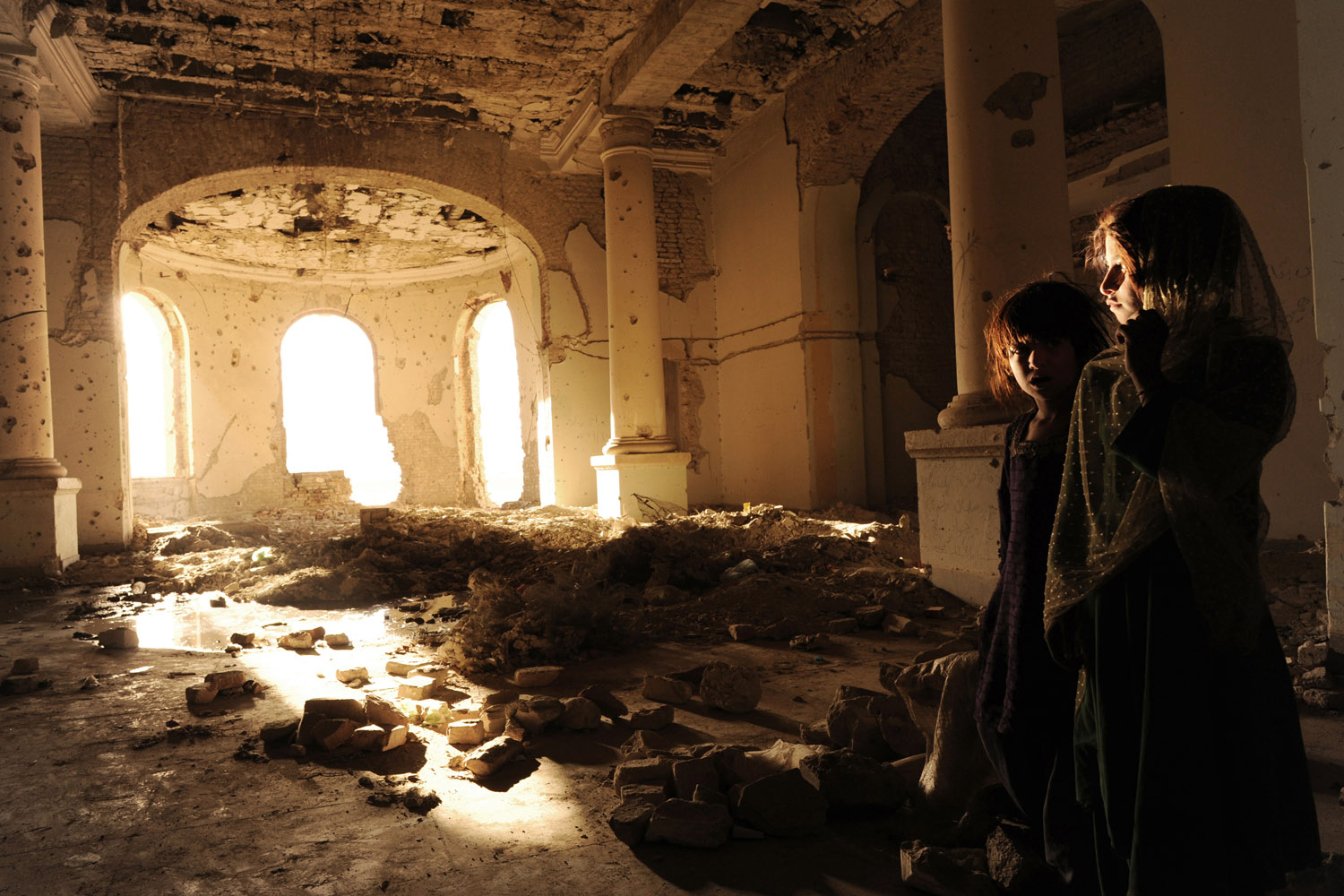
Following the attacks on 9/11, Kate Brooks, at the age of 23, moved to Pakistan and began documenting the region—photographing wars in Afghanistan, Iraq, Lebanon, daily life in Iran, Saudi Arabia, and Yemen, and the historic revolutions in Egypt and Libya. Her ten-year odyssey is chronicled in the new book, “In the Light of Darkness: A Photographer’s Journey After 9/11”. The following is an excerpt.
December 2001
Nearly two months had passed since America started bombing Afghanistan and Kabul had already fallen. I couldn’t believe I was still in Pakistan.
Watching the war on TV frustrated me. I wanted to see these things myself, not through the eyes of other reporters. I finally acquired a digital camera and freed myself of all other commitments, but I didn’t know where to go.
The UN was charging $2500 for a one-way ticket to Kabul. The alternative was to drive, but four journalists had just been executed on the road I would have to take.
After I spotted a newsflash that Osama bin Laden was believed to be in the mountains of Tora Bora, I decided to head to Jalalabad. I went independent of any assignment, knowing Newsweek was thinking of assigning me. A few other journalists and I organized a convoy.
A Pakistani fixer called Imtiaz voluntarily followed me through Pakistan’s Khyber Pass as far as the border. The father of two was appealing a death sentence after being convicted of blasphemy by the government of Pakistan. Even so, he knew I was driving into danger and felt protective of me. After the Pakistani immigration officer stamped my passport, Imtiaz shook my hand, wished me well and left me with the parting words, “Welcome to Afghanistan.”
Just after the convoy crossed the border, an Italian journalist began giving me a hard time for wearing a red shalwar kamiz, saying I wouldn’t blend in. I shrugged. I was wearing traditional Pakistani clothes. “Color won’t make a difference,” I said. Whereas male journalists could grow beards and wear local clothes, I knew that in Afghanistan I would be spotted as a foreigner unless I wore a burqa.
I was excited and anxious about covering a war in Afghanistan for an American news magazine and national paper. I had been shot at by Israelis during the second intifada and gone on a few Russian government-controlled trips to Chechnya, but I had never been on an active battlefield. And yet, while I was the youngest journalist covering Tora Bora, I certainly wasn’t the only one with limited war experience. The 9/11 attacks turned a generation of metro desk reporters into war correspondents practically overnight.
In the early hours of the morning, dozens of Jeeps and pickup trucks gathered outside the hotel to take us to the front lines. On the way, one journalist’s car broke down, splitting the convoy in two. While the lead cars waited for the rest to catch up, we watched a B-52 circle overhead. There was genuine fear we might be bombed. A few journalists tried to call Pentagon officials on their satellite phones, hoping to convey to the pilots that the large convoy was comprisedof journalists, not terrorists.
We drove through the residential area of Hadda Farm, where bin Laden had lived with the militants he had trained for global jihad. On the side of the road, an exceptionally tall man stood with a cloth draped over his head in ‘Gulfie Arab’ fashion. I watched this distinctive Arab-looking man turn to look at the bombing of the mountains. As our cars neared, he skittered off the road just before I could see his face.
Pierre laughed at the suggestion that I may have seen bin Laden, but we were driving so fast he hadn’t seen the shadowy figure and we couldn’t stop the speeding convoy. Could the mythical figure and most wanted man in the world possibly have been hiding in plain view? In my mind, it was entirely plausible that bin Laden could be in the vicinity with all attention focused on the mountains.
We eventually arrived at the staging ground, a desolate stretch of pebbles set against the backdrop of mountains that were being bombarded with “daisy cutters”, bunker busting bombs that were also used to flatten jungles in Vietnam. The explosive sounds from heavy artillery being launched from an old Soviet tank forced me to my knees. My body reacted reflexively to the boom. I tried to hide my embarrassment after being spotted flailing around. Someone kindly assured me the rounds were outgoing fire from the Eastern Alliance side.
Over the next few days, TV crews set up live stations and journalists began camping out in the makeshift parking lot. Pierre wanted to go deeper into the mountains. I did not. “Maybe you don’t know what you can do,” he said.
I wanted to avoid unnecessary risks, but in a hurried moment, I got into a vehicle with the mayor of Jalalabad and the Washington Post correspondent. The latter assured me we weren’t doing anything dangerous. The mayor then proceeded to drive straight into the mountains I had just photographed being bombed. I was breathless and spoke little. There was no translator in the car to whom I could convey my concerns or pose questions to ascertain what exactly we were doing.
Suddenly, Haji Zaman appeared, perched on a rock, as if in his natural habitat. He and the mayor exchanged a few words before we drove on. Somehow, seeing the familiar warlord made the situation seem less threatening.
As we parked the vehicle, dozens of journalists, who had followed the mayor’s SUV, pulled up behind us. Two of the most experienced war correspondents covering the offensive were already there viewing al-Qaeda’s fighting positions. They were in a hurry to get down the mountain, saying that they suspected that mortars were about to start coming in.
My stomach sank as I watched them walk away. Everyone else had marched up a hilltop to get a closer look. I looked around and realized I was standing alone with a war-crazed Mujahedeen fighter, who had been camouflaged in the trees. I was too afraid to go up and too afraid to go down. We listened to the deafening rumble of a bomber flying overhead. I could tell the plane was coming closer. Amused by my apparent fear, the fighter pointed at the sky “America. America. U.S.A. No Problem.”
I imagined how devastated my parents would be if they were informed that their 24-year old daughter had been killed in the mountains of Afghanistan and promised God I would quit smoking if I survived.
Brooks’ will moderate a projection of her work tonight at The Half King in Manhattan, followed by a discussion with writer Scott Anderson. An exhibition of her photographs will be on display at the Southeast Museum of Photography in Daytona Beach, Florida, through December 16. Click here for more details.

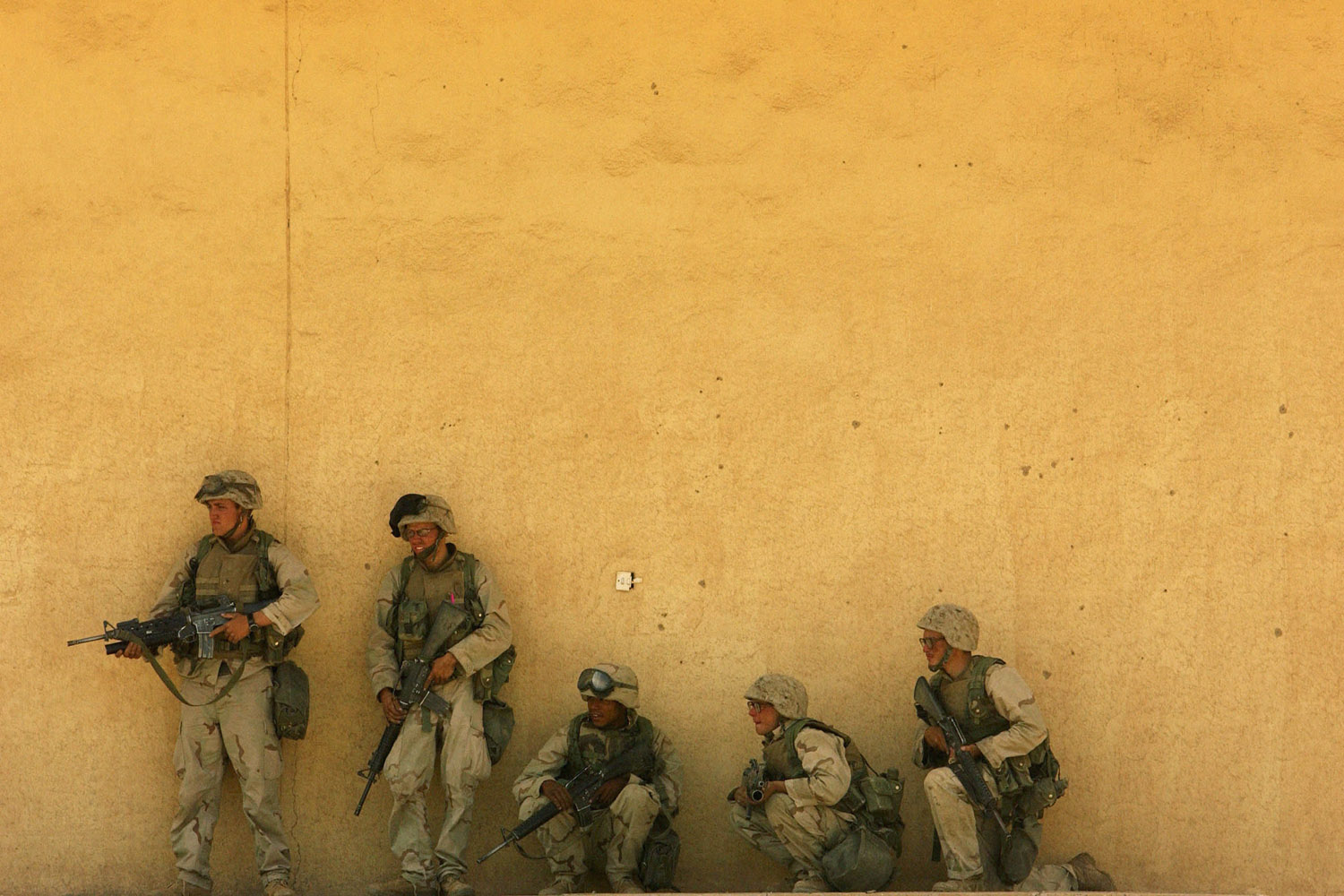
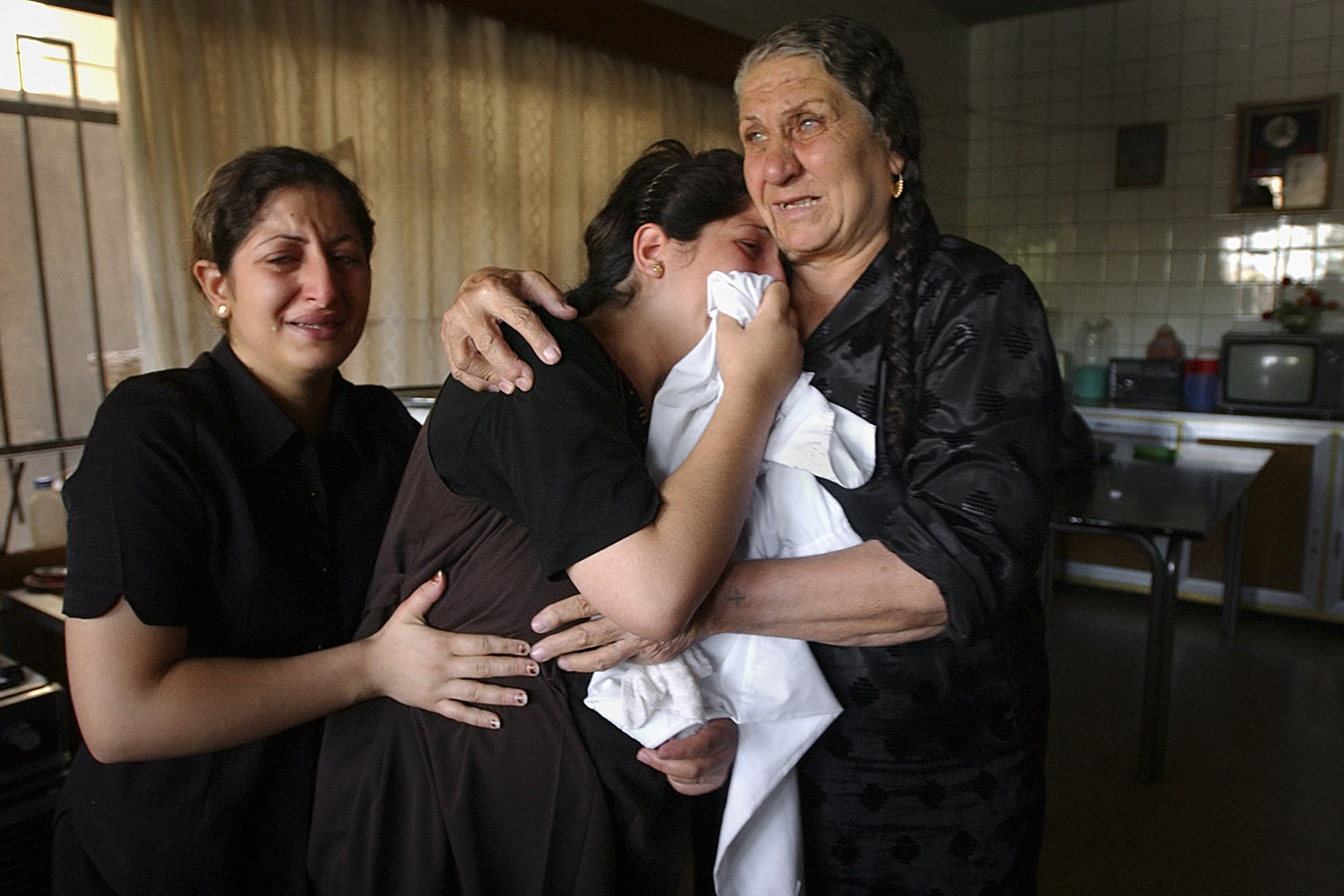
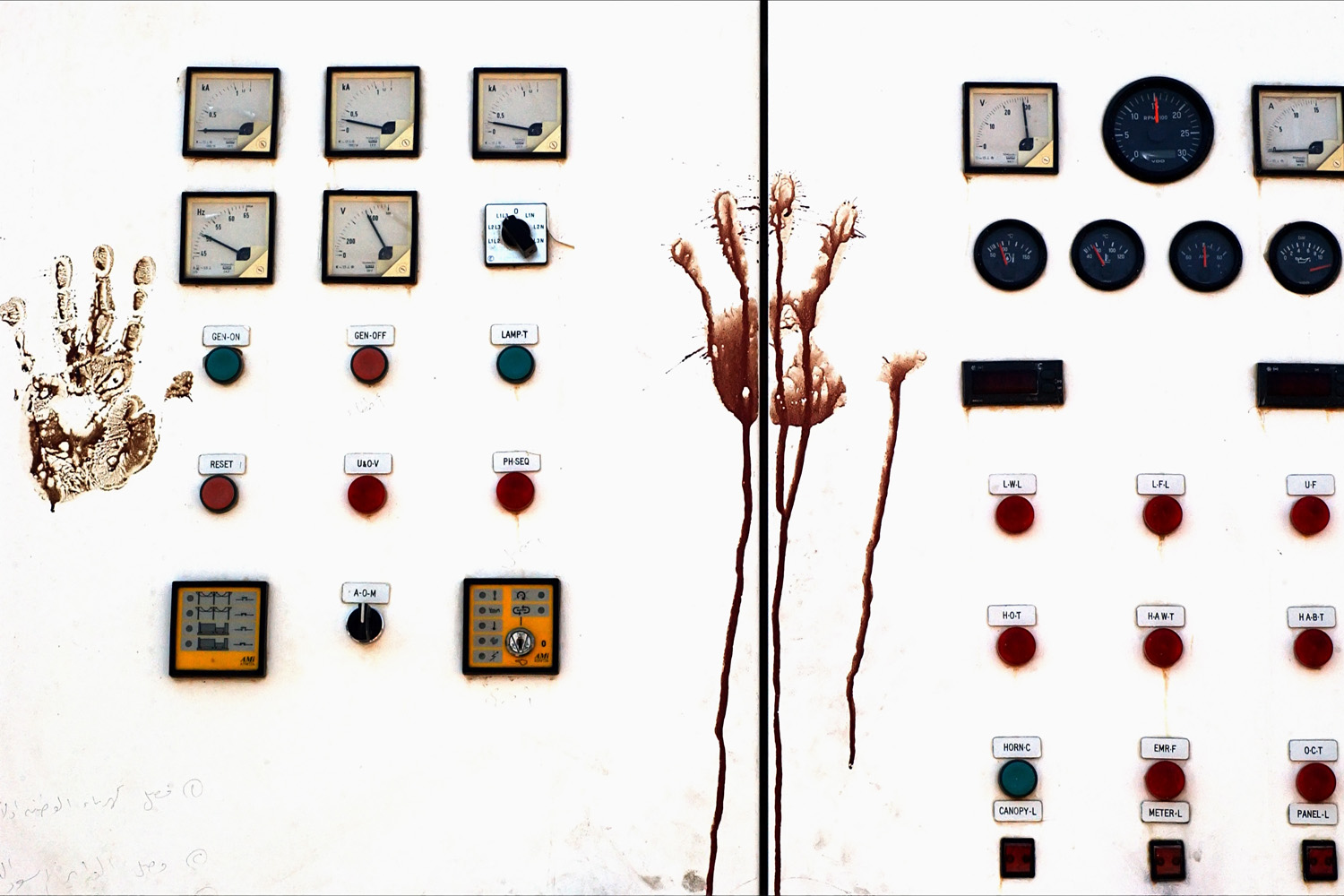



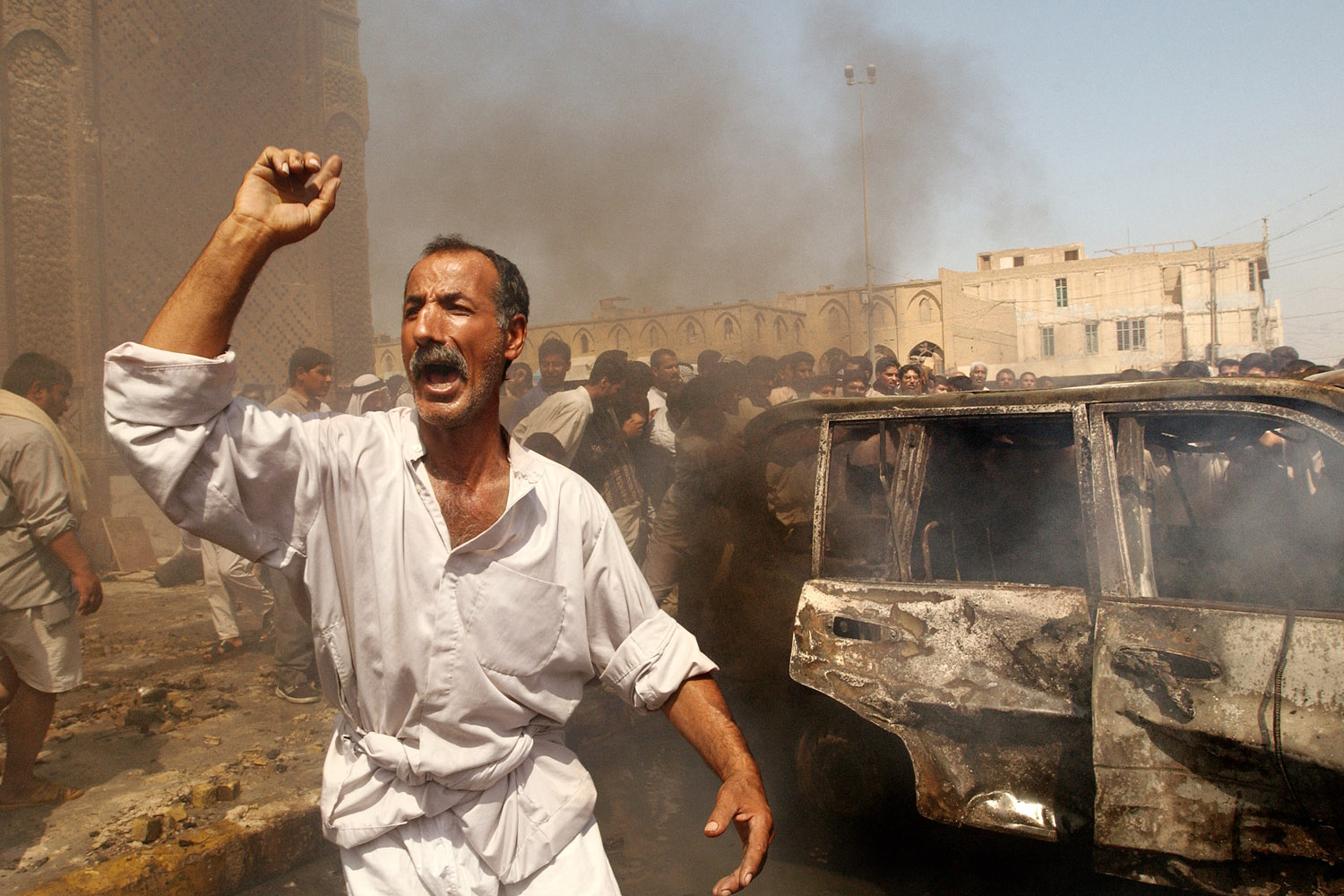

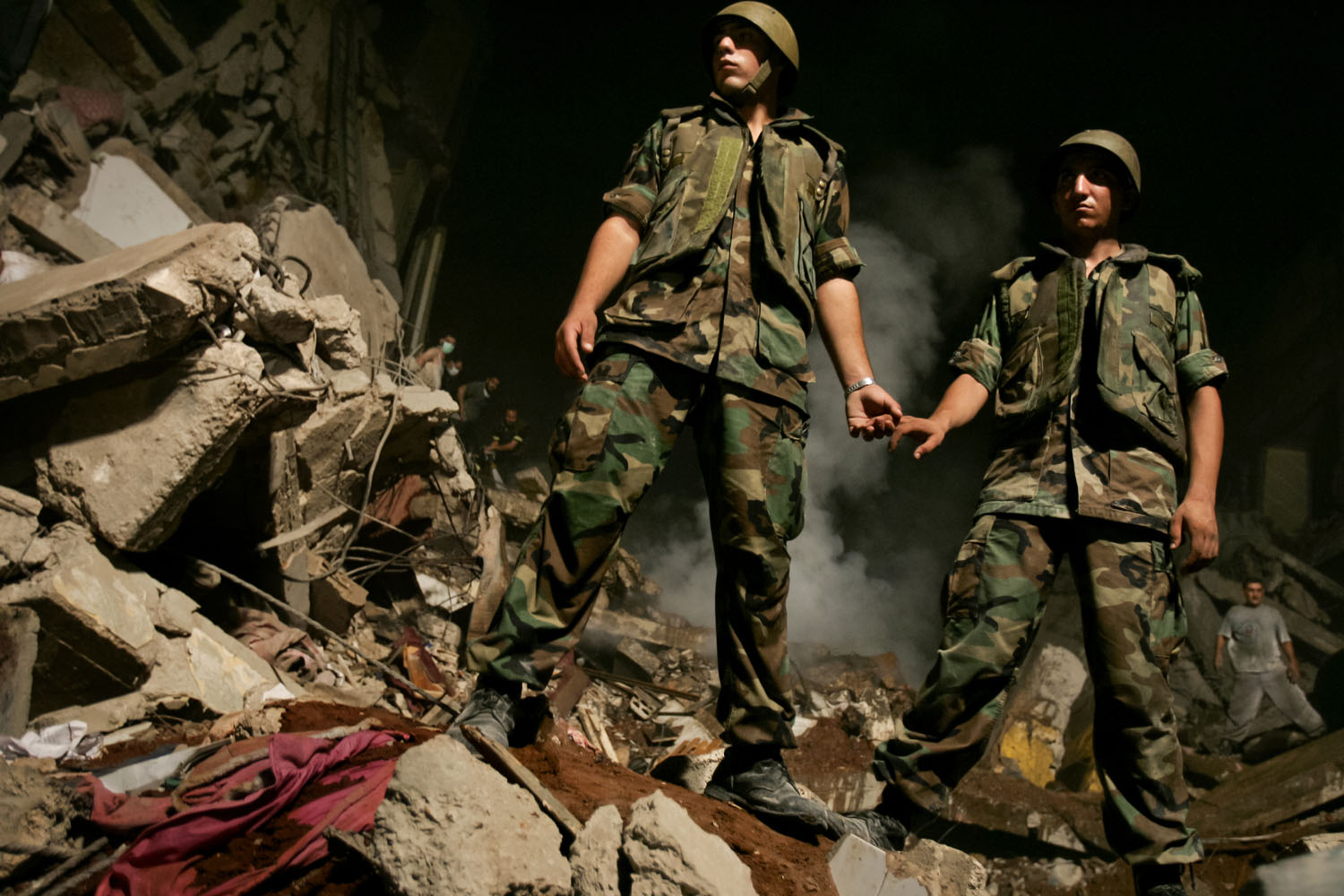

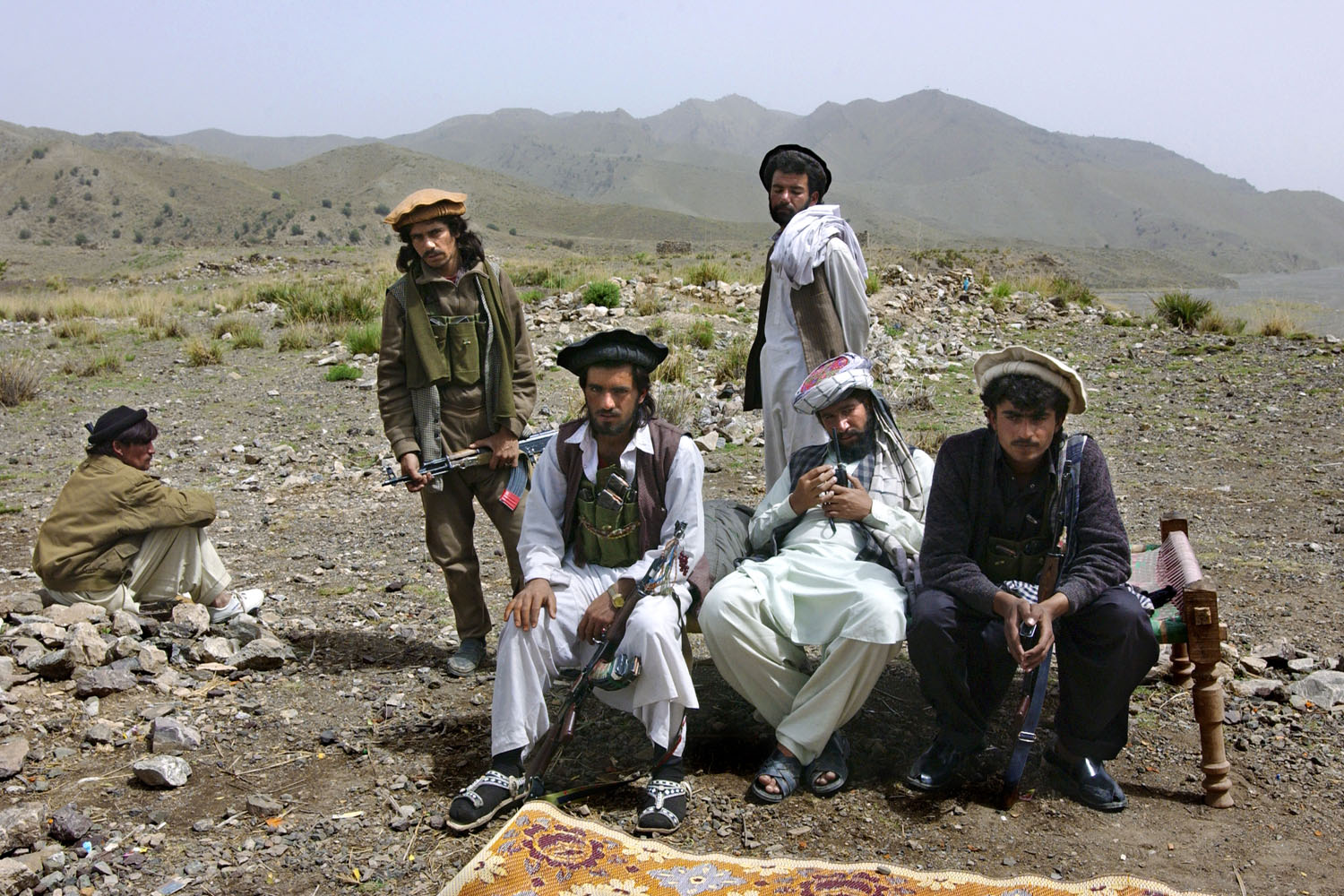
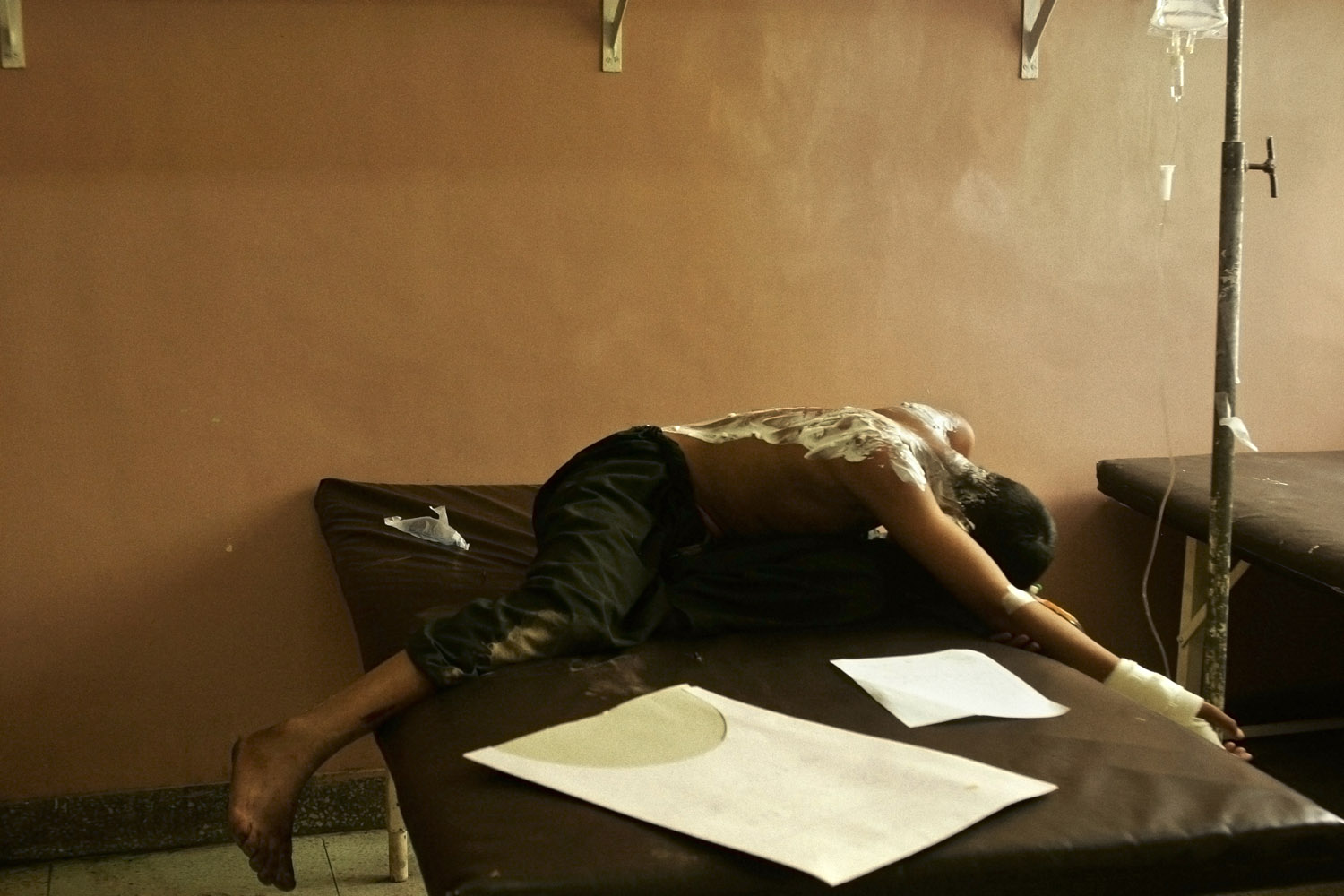
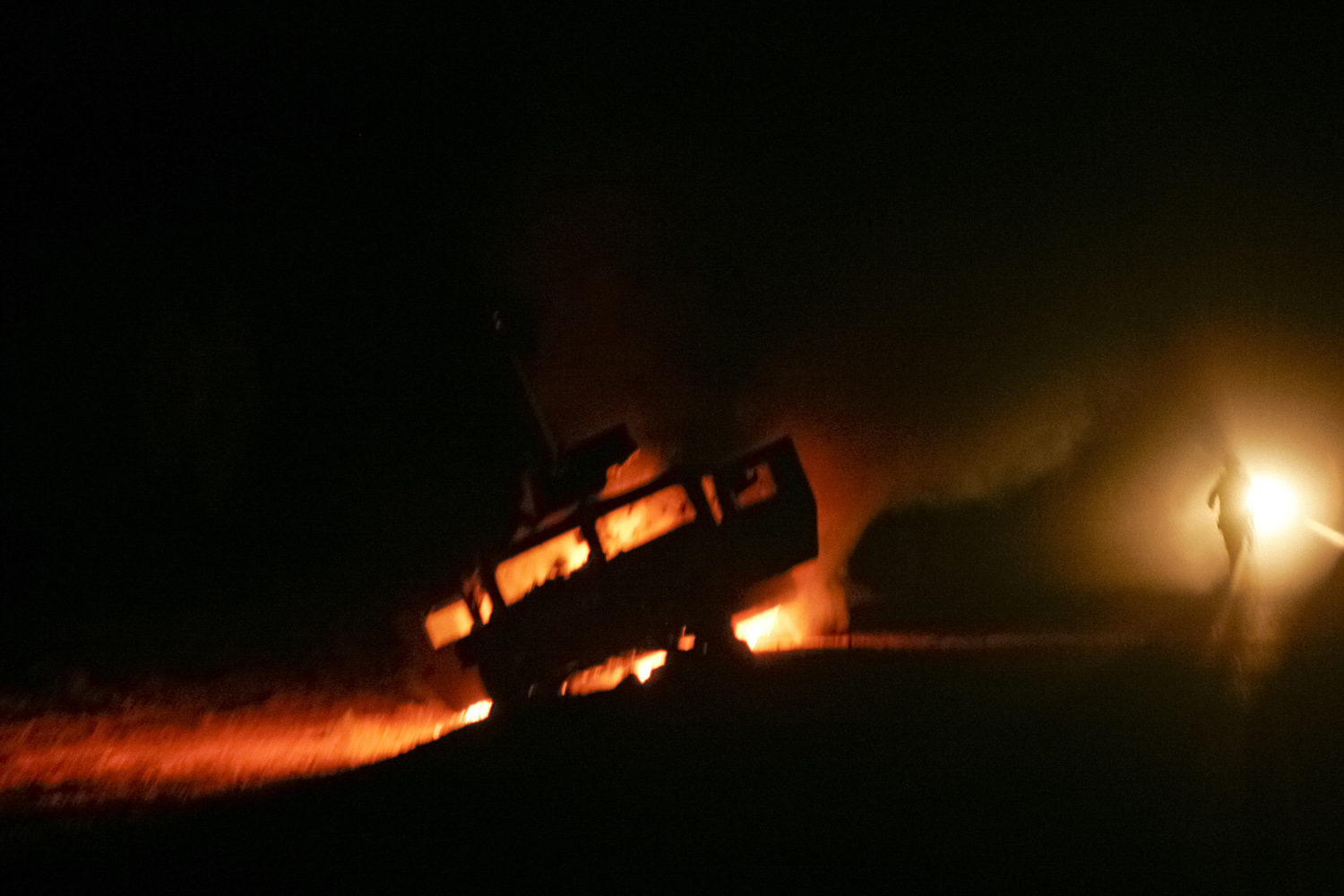
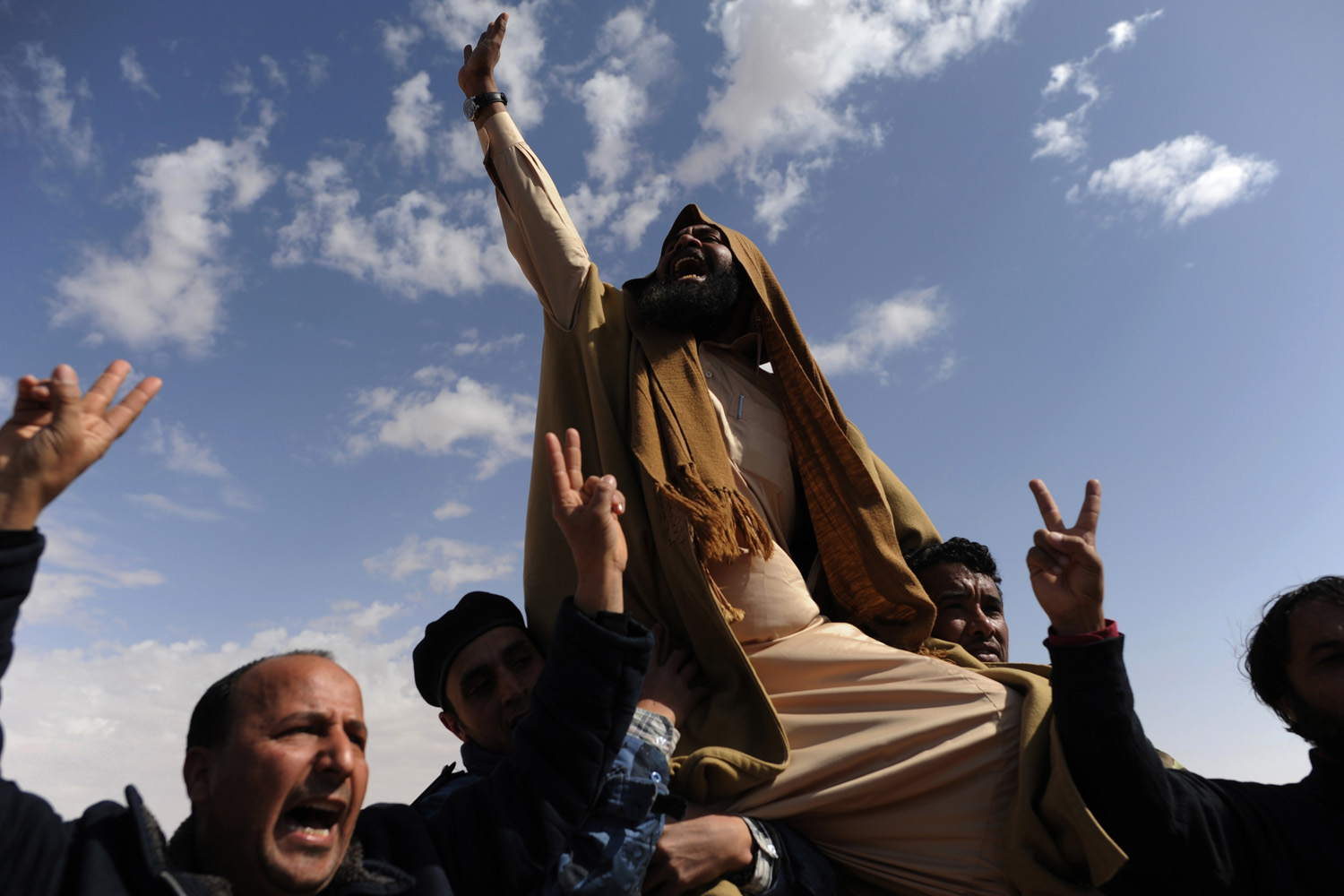
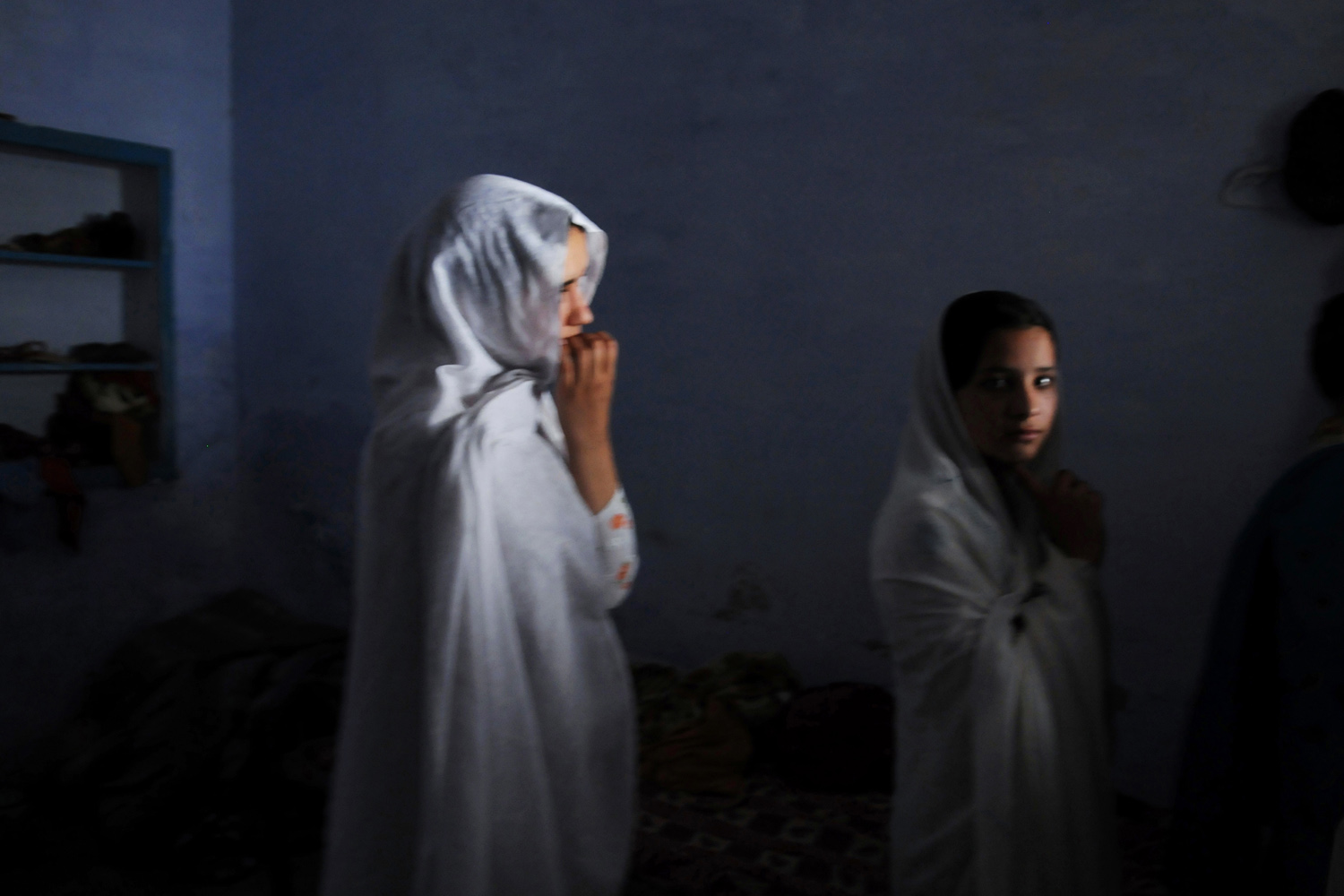
More Must-Reads from TIME
- Inside Elon Musk’s War on Washington
- Meet the 2025 Women of the Year
- The Harsh Truth About Disability Inclusion
- Why Do More Young Adults Have Cancer?
- Colman Domingo Leads With Radical Love
- How to Get Better at Doing Things Alone
- Cecily Strong on Goober the Clown
- Column: The Rise of America’s Broligarchy
Contact us at letters@time.com